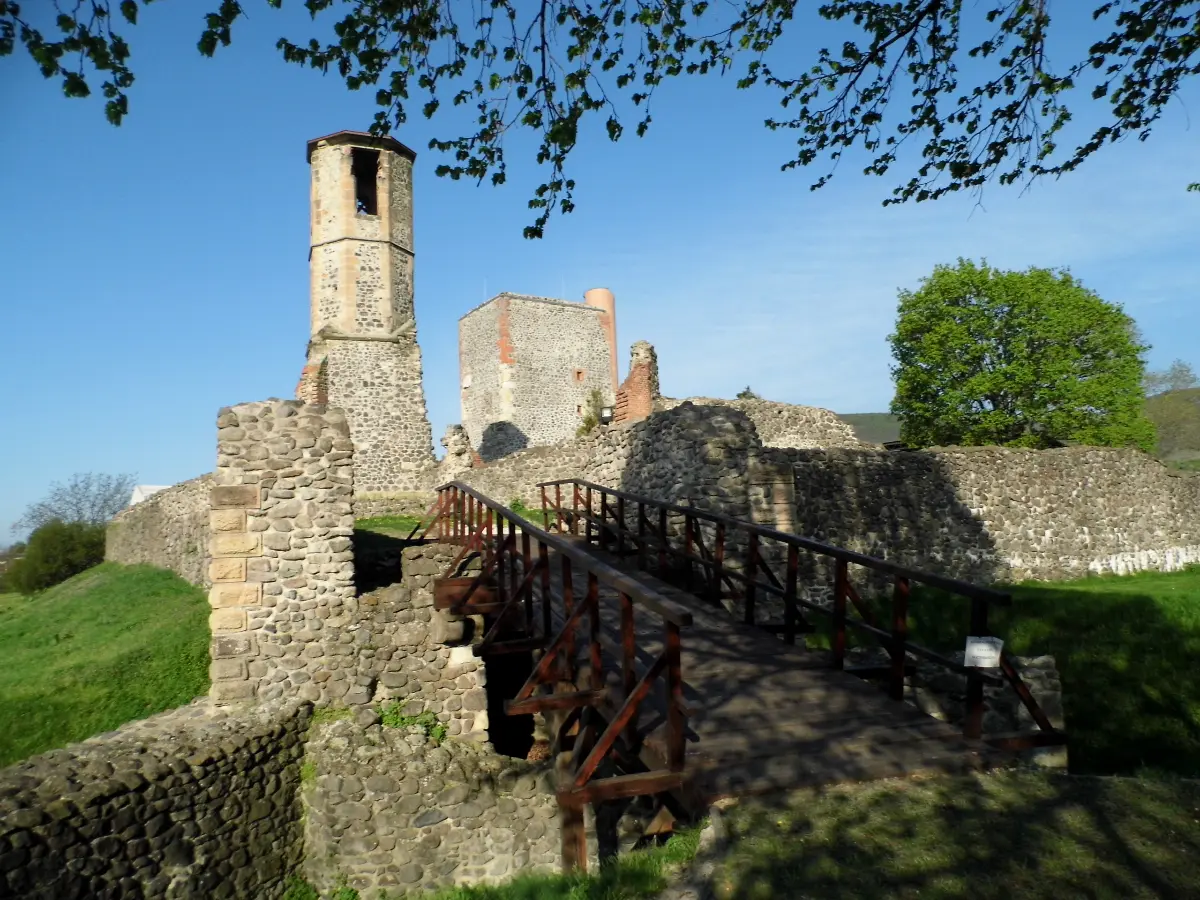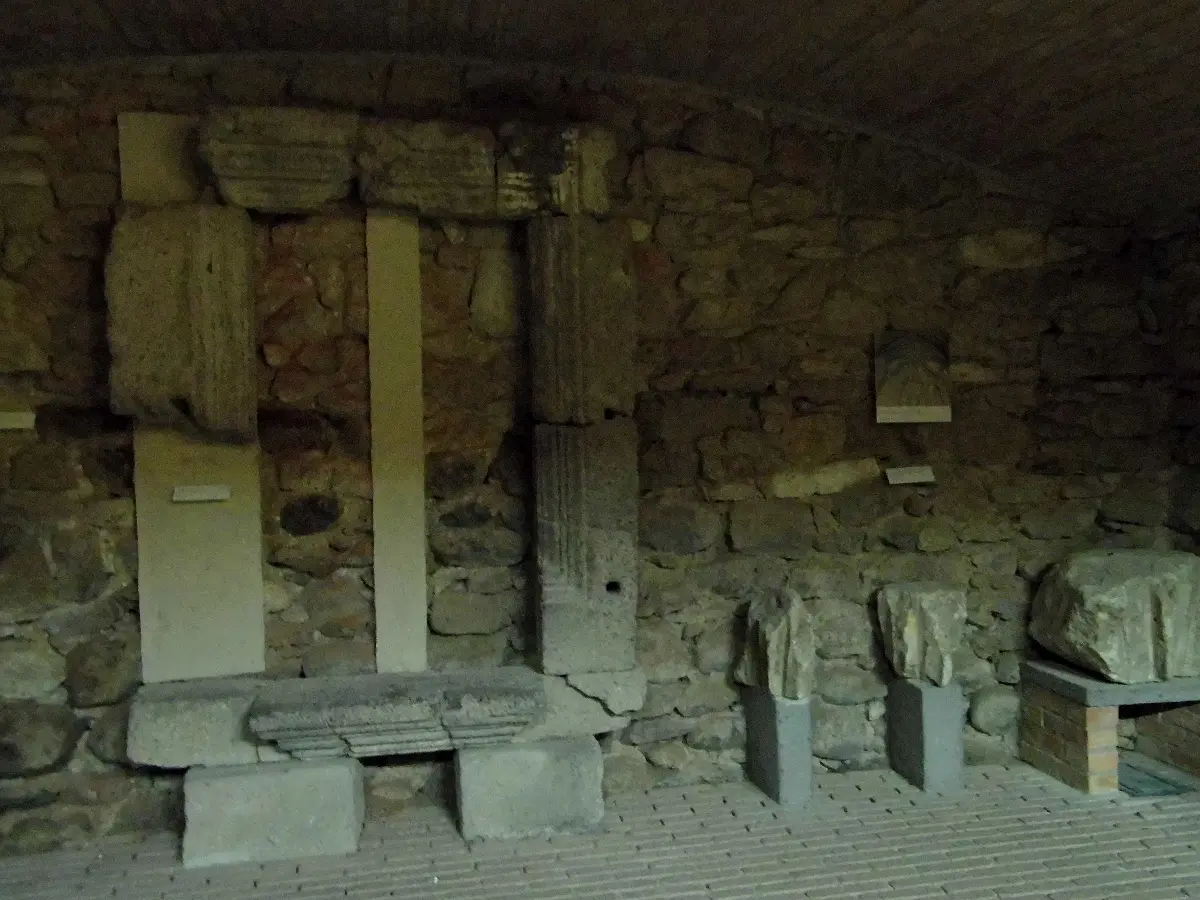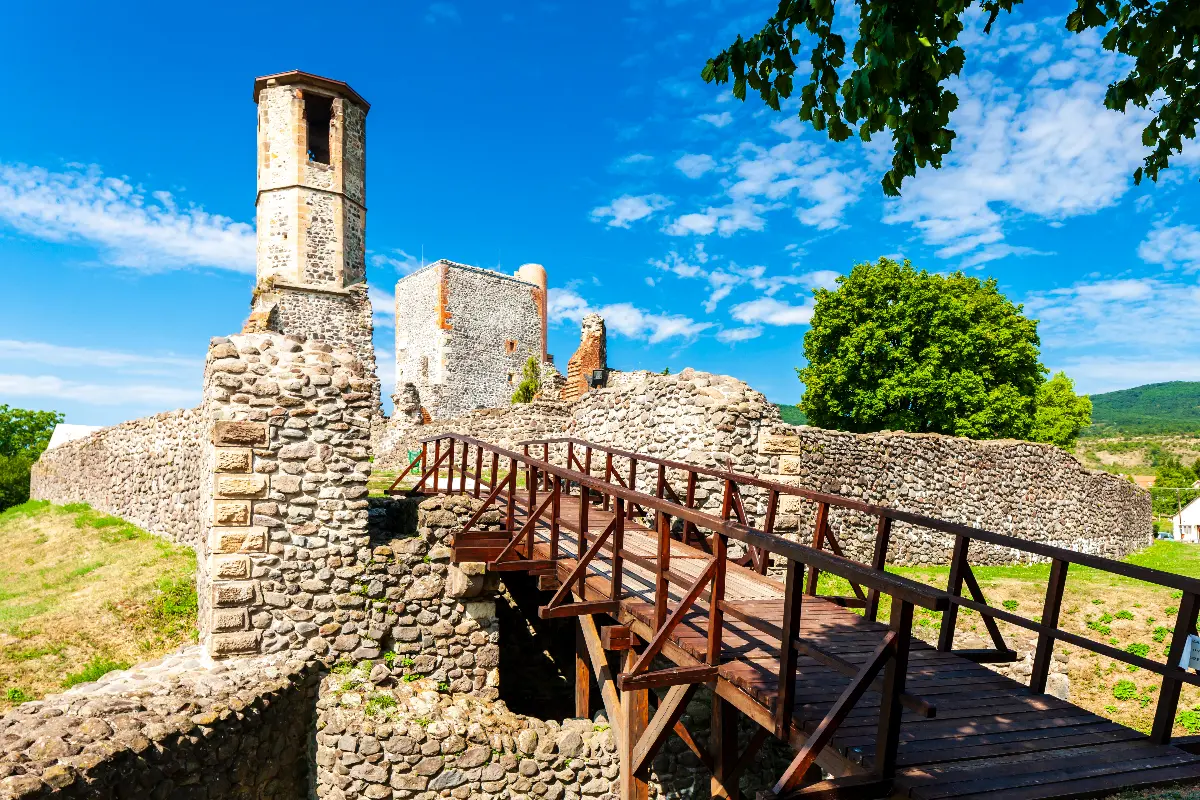
Helyszín címkék:
Where has Móré’s treasure – in other words, the Castle of Kisnána – gone?
Bóday Csilla
The predecessor of the castle was a stone manor house, which was built around 1325 by István Kompolti from the Aba clan. It was donated to the Kompolti family after the extinction of the Árpád House by Károly Róbert. So it was inherited from father to son. The church was originally a rotunda with a semi-circular apse, which was first mentioned in 1332-34. The name of the settlement at that time was Egyházas-Nána. The Kompolts later adopted the Nánai title of nobility. István Kompolti took high positions in the Anjou court, first as a bailiff of Heves and then of Gemer. With good sense, the family – in contrast to other branches of the Aba clan – supported Charles I in his struggle for the throne. The alteration of the name continued, the Chapels changed to Domoszlay, and when Sigismund of Luxembourg gave the castle to László, Mihály Domoszlay’s son, in 1415, László Kompolti was written on the diploma, thus confirming the ownership of the family. The building then became the property of the Guthy Országh family through a mutual inheritance contract. However, in 1543, István Losonczy gave it to his relative, László Móré, before the death of the official owner, László Országh. Móré irritated the Turks with minor attacks, so they took revenge and destroyed the castle. After the Turkish rule, several landowners handled the castle, however, they only owned it but they did not live here, so the poor local people took away the blocks of the building. It was used as a military training ground around 1940, after which the Gothic castle church was excavated. In the middle of the 20th century, some preservation was carried out on it. It was only a decade ago that its historical, regional historical values began to be recognized.

What does the most noble castle in Kisnána look like today?
During the project, which took place in 2010-11, the builders also strengthened the castle walls and perked up the Old Tower, where groups of visitors are now waited on in the exhibition halls. The site of the former museum of stonework was covered, and beside the wine vault, a multi-purpose function room was also set up in the cellar. For the third time in the country, visitors can marvel at the long history here with the help of chronoscopes, which shows what the castle may have been like hundreds of years ago. The adjoining stage and mobile auditorium provide dignified facilities for larger events. The tower terrace offers a magnificent view of the landscape and castle promenade in the beautiful garden lined with candelabras, which leads from the entrance to the drawbridge.

Legends about dragons, King Matthias and a fabulous treasure
In 1542, the favourite of Queen Mary, László Móré, fled to this castle from the Turks. He hid most of his property from robberies in the basement of the castle. Continuing his robbery campaigns, he pilfered the property of Pasha Bali in Buda. In revenge for this, the Turkish prince launched a campaign against the castle of Nána. Although Móré's army persevered, they could no longer repel another Turkish attack timed on their evening carousal. The lord of the castle tried to bribe the attacking army with his treasures and attempted to escape, but the Spahs captured him, dragged him to Istanbul where he was sent to prison, in the Seven Towers. The castle of Nána, hiding at the foot of the Mátra, has been silently guarding Móré's secrets and hidden treasure, the whereabouts of which have not yet been revealed.







